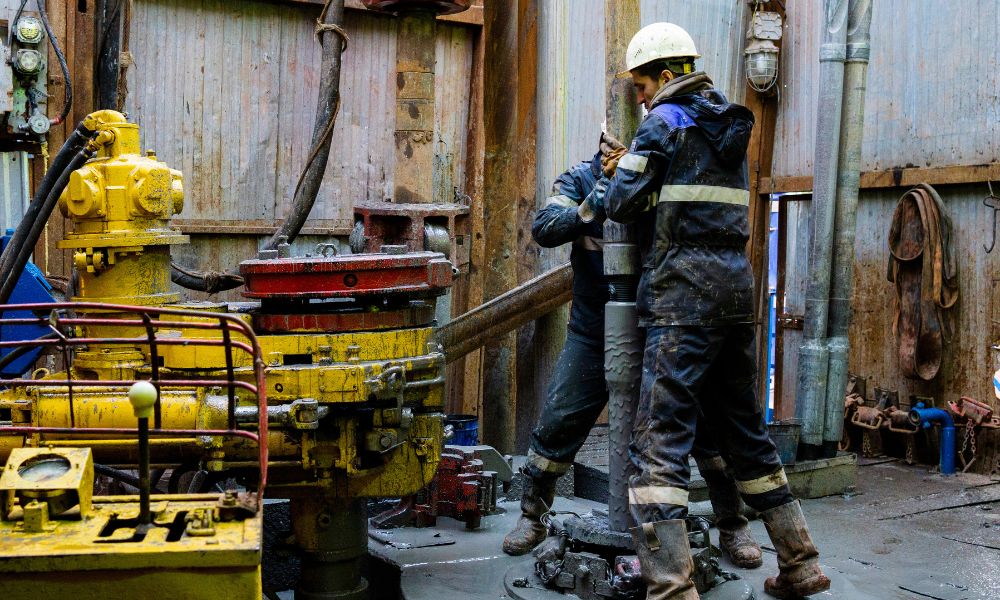
26 Jul The Dangerous Life of a Roughneck: A History
Texas hasn’t been the same since Spindletop erupted in 1901, but how did we get to where we are today? The oil industry boomed and gave way to the roughneck life, and we’ll take a closer look at the history. Are they still around today? Keep reading to find out more.
In the Beginning
Lyne T. Barret, a pioneer oilman, drilled the first hole in 1866 near present-day Nacogdoches, Texas. The spot was an oil-producing well where he struck black gold around 106 feet deep. The well only produced oil for a couple of years and around ten barrels a day during the Reconstruction Era. Barret decided to shut down the well in 1868 after he was unable to secure financial backing. There was also low demand for oil at this time in America.
George Dullnig, a San Antonio merchant, was sad when he struck oil instead of water for his crops and livestock in 1886. Dullnig focused his attention on his grocery business after the well wasn’t producing enough oil to meet demands.
Things Change
Everything changed on January 10, 1901, at Spindletop Hill. Oil erupted out of the Lucas number one well, and over 100,000 barrels worth continued to spew out daily. People began flocking to the quiet town of Beaumont, Texas, and Gulf Oil and Texaco became established companies. They were the premier businesses in transporting and storing oil, and the Texas Oil boom began.
Birth of the Roughnecks
Roughnecks coined the term “weevil” to described inexperienced farmers who traded the farm life to become oil rig workers. Roughnecks filled the streets of the many Texas Boomtowns created by the oil industry.
John D. Rockefeller was unchallenged with his oil monopoly until the Texas Boom happened. Oil strikes leveled the playing field, and wildcatters, or independent oil contractors, began searching for their opportunity to become wealthy.
Roughneck Life Risks
The life of a roughneck was anything but luxurious. Housing couldn’t pop up fast enough, and many lived in shanties. Others lived under trees, draping their wives and children with cardboard boxes. “Restaurants” would serve water with beans and call it soup. Fights would break out from gambling issues. Governor Moody had to call the Texas Rangers to break up incidents that got out of hand.
There was a shortage of fresh and safe drinking water for individuals. Roughnecks could suffer from gas blindness or gas-induced death from the oil rigs.
We’ve come a long way since these days. The roughneck lifestyle is still dangerous, but safety precautions are now in place to lower the risks.
C-MOR Energy Services is proud to help protect everyone who lives this roughneck lifestyle. Our drilling rig crown lights provide the lighting individuals need to see to work appropriately on the rig. Contact us for more information or take a look around our website.


